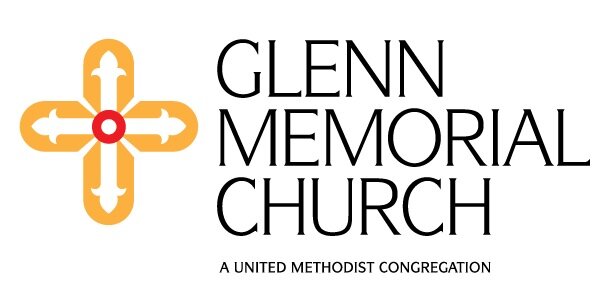As we journey through Lent towards Easter and Earth Day, we hope that these words may enlighten or speak to you in some way. This column will be presented weekly.
In 2016 the United Methodist Women commissioned the publication of the book Climate Justice: A Call to Hope and Action, an illuminating and wide-ranging look at an issue they had been studying for several years.
The first chapter of the book, entitled "A Biblical Theology of Creation Care," was written by Pat Watkins, retired General Board of Global Ministries missionary and implementer of the board’s Creation Care ministry. The chapter focuses on many of the biblical stories of God's people and how these stories help us to see the threefold relationship of God, each other, and the earth.
As the author recounts, "In the Garden of Eden, Adam was created out of the dust of the earth." In the Genesis story, we humans and all living creatures were created from the same "stuff." You might say the earth is part of our DNA!
From Genesis to Revelation, the earth - the land - is central to biblical history. In the Old Testament, our relationships with God, with each other, and with the earth are intimately intertwined; the three need each other for true fulfillment. The stories of Adam and Eve and of Cain and Abel show how disobedience and self-centeredness interfered with this relationship and the need to "serve and keep" the garden. It is noteworthy that the Noah story ends with a covenant God makes not just with Noah but with every living thing of all future generations, and with the earth itself! The right relationships have been restored.
Biblical history is filled with stories of making these relationships right again. Those relationships are wrong when human beings believe the creation exists only for them. The eighth-century prophets Amos and Hosea provide wonderful examples of passionate proclamations against the abuse of the land and exploitation of the poor in order to benefit the rich. These words ring true today!
In the New Testament, Jesus drew on the imagery of the earth in most of his parables. The people who heard him were connected to the land and understood his stories about sowing seed in good soil, about shepherding, working the fields, and fishing. And they understood his drawing on the natural world to describe himself as a shepherd or as a vine. Working with the earth was an integral part of people's lives.
But, just as the prophets had preached, human greed and selfishness gave rise to exploitation of the resources of creation, and too often it was the poor who suffered - and injustice prevailed. Today we see the growing threats of pollution, global warming, toxic dumps and numerous other environmental dangers. Our author calls us once again to see the centrality of relationships, to understand that the way we relate to God, to each other, and to the earth is of one piece - we are interdependent and interconnected. Thus creation care is at the heart of how we live out our lives as Christian disciples.
Please visit https://www.unitedmethodistwomen.org/ for more information about the work of the UMW throughout the world. If you are interested in reading this book, please let us know. Copies are available.
Jean Luker, Glenn UMW President and Environmental Committee member

